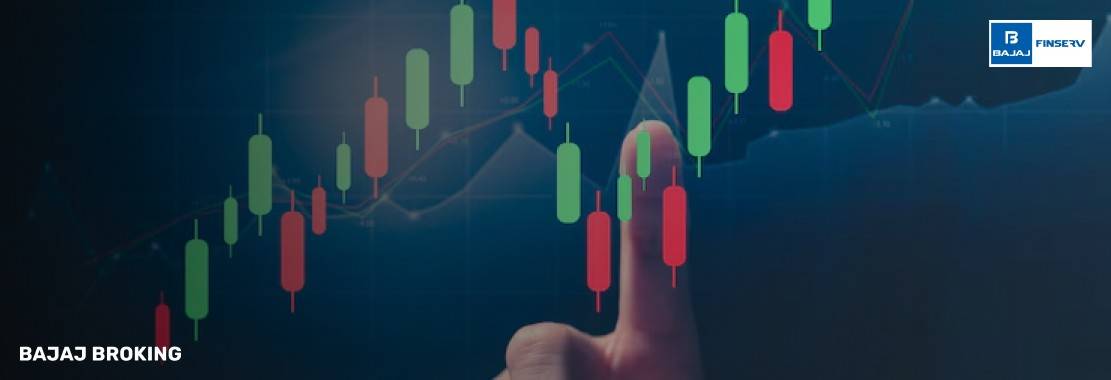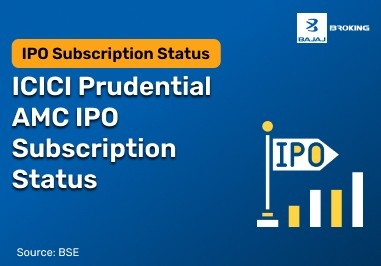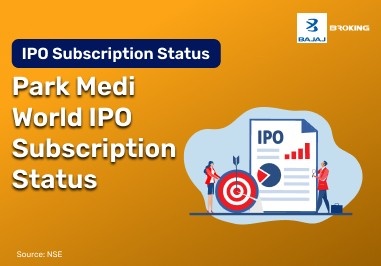If you’ve ever felt overwhelmed trying to figure out which stock market index suits your financial goals best, you’re not alone. Nifty 50, Nifty Next 50, and Nifty 100 might sound similar, but they cater to very different investment styles. These indices offer a structured way to understand how India’s stock market is performing across different tiers of companies—from established giants to emerging players. Nifty 50 gives you exposure to the country’s top companies. Nifty Next 50 is more about potential future leaders, while Nifty 100 blends both for a balanced approach. Whether you’re new to investing or looking to tweak your strategy, this guide will help you explore the nuances of each index in a way that feels less like decoding finance jargon and more like making informed choices for your future.
What is Nifty 50?
Think of Nifty 50 as a snapshot of India’s most influential companies. It’s an index made up of 50 top-performing firms listed on the National Stock Exchange, chosen based on free-float market capitalisation. These are the businesses you probably hear about daily—names like HDFC Bank, Infosys, and Reliance Industries.
Why does this index matter to you? Because it reflects the core of India’s economic engine. The companies in Nifty 50 are known for their stability, liquidity, and long-standing track records. This makes the index a popular choice for conservative investors or anyone looking to mirror the overall performance of the Indian equity market.
The Nifty 50 isn’t static either. It’s reviewed every six months to ensure only companies meeting specific criteria—such as consistent trading and solid fundamentals—are included. This dynamic structure keeps the index relevant and responsive to market trends.
If you prefer a steady approach to equity investing, Nifty 50 can serve as a core part of your portfolio. It also acts as a benchmark for index funds and ETFs, making it easier for you to passively invest without picking individual stocks.
Additional Read: What is Nifty 50
What is Nifty Next 50?
Now, let’s say you’re someone who likes spotting opportunities before they go mainstream. That’s where the Nifty Next 50 comes in. This index includes the 50 companies that come right after the Nifty 50—those ranked 51 to 100 in terms of market capitalisation.
These aren’t small firms by any means. Many of them are fast-growing and could eventually move into the Nifty 50. In fact, some of today’s Nifty 50 giants once started in the Next 50. If you’ve got a slightly higher risk appetite and want exposure to companies with strong growth potential, this index might align well with your strategy.
Companies in the Nifty Next 50 often operate in emerging industries or are leaders in niche sectors like chemicals, infrastructure, or consumer durables. That makes the index a bit more volatile—but it’s also where you might see greater movement when the market is on an upswing.
It’s reviewed semi-annually like the Nifty 50, so you get a fresh look at the next set of potential market leaders. If you’re okay with a bit of a bumpy ride in exchange for growth, this index offers a front-row seat to the rising stars of Indian business.
What is Nifty 100?
If you’re the kind of investor who doesn’t want to choose between stability and growth, the Nifty 100 could be your sweet spot. It combines the Nifty 50 and Nifty Next 50, giving you exposure to India’s top 100 companies by market cap.
Why does this matter? Because it helps balance out the extremes. You’re not only investing in established, stable businesses but also tapping into companies that might shape tomorrow’s market landscape. Think of it as a hybrid strategy without having to juggle multiple funds.
The index offers sectoral diversification too, covering everything from banking and IT to emerging sectors like green energy and digital infrastructure. Whether you’re building a long-term portfolio or simply want broader market exposure, Nifty 100 makes it easier to stay diversified with just one instrument.
It’s a go-to index for multi-cap and diversified equity funds. If you’re looking to build a resilient investment portfolio without leaning too far into either safety or speculation, Nifty 100 could be worth exploring.
Investment strategies: Nifty 50 vs Nifty Next 50 vs Nifty 100
Your investment strategy should reflect your comfort with risk, your financial goals, and how long you’re planning to stay invested. Here's a personalised breakdown to help you decide where you might fit best:
Strategy factor
| Nifty 50
| Nifty Next 50
| Nifty 100
|
Investment goal
| You want steady exposure to India’s top companies
| You’re aiming for growth with a longer view
| You want a bit of both—stability and opportunity
|
Risk appetite
| You prefer low-risk and value predictability
| You’re comfortable with more ups and downs
| You’re seeking a balance between risk and return
|
Volatility
| Usually lower, more stable
| Higher, more market-sensitive
| Moderate, due to its mix of 50/50
|
Ideal investment horizon
| 3 to 5 years or more
| 5+ years to ride out volatility
| 3 to 7 years, depending on allocation
|
Sectoral spread
| Financials, energy, tech heavy
| More varied: consumer, infra, pharma, chemicals
| Covers almost every major sector in India
|
Fund types using index
| Index funds, ETFs, core allocation
| Aggressive ETFs, growth-oriented mutual funds
| Diversified mutual funds, balanced index funds
|
Preferred by
| First-time investors, risk-averse individuals
| Experienced investors, long-term planners
| Those wanting simplicity with full-market coverage
|
Performance comparison of the indices
Each index performs differently depending on market sentiment, economic cycles, and sectoral leadership. Here’s a general idea of how they’ve behaved over time.
Metric
| Nifty 50
| Nifty Next 50
| Nifty 100
|
1-Year CAGR (approx)
| 12–14%
| 18–20%
| 14–16%
|
3-Year CAGR (approx)
| 13–15%
| 17–19%
| 15–17%
|
5-Year CAGR (approx)
| 12–13%
| 15–16%
| 13–14%
|
Drawdown during the correction phase
| 20–25%
| 30–35%
| 25–30%
|
Recovery pace
| Slower but consistent
| Quick in bullish phases
| Balanced
|
Historical outperformance
| Strong during downturns
| High during bull runs
| Stable across different cycles
|
Risk and volatility Analysis
When deciding where to invest, understanding the level of risk you’re stepping into is just as important as looking at past returns. If you’re someone who prefers calm over chaos, Nifty 50 may feel more comfortable. It’s built with the biggest names in the country, so the price swings are usually less dramatic.
Nifty Next 50, on the other hand, includes companies still proving themselves. This means prices can rise or fall faster. You’ll need to be okay with seeing bigger moves—both up and down.
Nifty 100 offers a cushion. By blending the two, it absorbs some of the shock from Next 50 while keeping the support of Nifty 50. You won’t get the lowest volatility, but you also avoid putting all your eggs in one basket.
In short, match the index to your tolerance. If sleepless nights over market drops aren’t your thing, Nifty 50 may be the safer bet. If you’re okay with temporary noise for future potential, Nifty Next 50 or Nifty 100 may be a better fit.
Which index is right for you?
It’s easy to get caught up in numbers, but choosing an index should start with your goals and comfort level. Ask yourself what really matters: stability, growth, or a mix of both? Here's a personal checklist you can use:
Before reviewing the bullet points below, reflect on your comfort with market dips and how hands-on you want to be with your investments.
Risk profile
You need to know how much uncertainty you can live with. Nifty 50 is for low-risk takers. If you don’t mind a bumpy ride for the possibility of better returns, Nifty Next 50 could be more up your alley.
Investment horizon
If you’re in it for the long haul, Nifty Next 50 might align with your timeline. Shorter time frames may suit the Nifty 50 or Nifty 100 better.
Diversification needs
Looking for broader market participation? Nifty 100 spreads your exposure across different sectors and company stages, reducing reliance on a single set of firms.
Market experience
New to investing? Nifty 50 is a good way to start without getting overwhelmed. Already comfortable with market trends? Nifty Next 50 may offer the excitement you’re after.
Portfolio composition
Already invested heavily in large caps? The Nifty Next 50 can add a layer of growth. If your portfolio is under-diversified, Nifty 100 may help balance it out.
Conclusion
Each of these indices serves a different purpose. Nifty 50 is about consistency and stability. Nifty Next 50 is about spotting the next wave of leaders. Nifty 100 gives you a mix of both. If you’re planning your financial journey, think about what suits your mindset—not just the numbers. Choosing an index is less about chasing returns and more about aligning with what feels right for your financial goals and risk tolerance.
Additional Read: Difference Between Nifty 50 and Nifty 50 TRI














